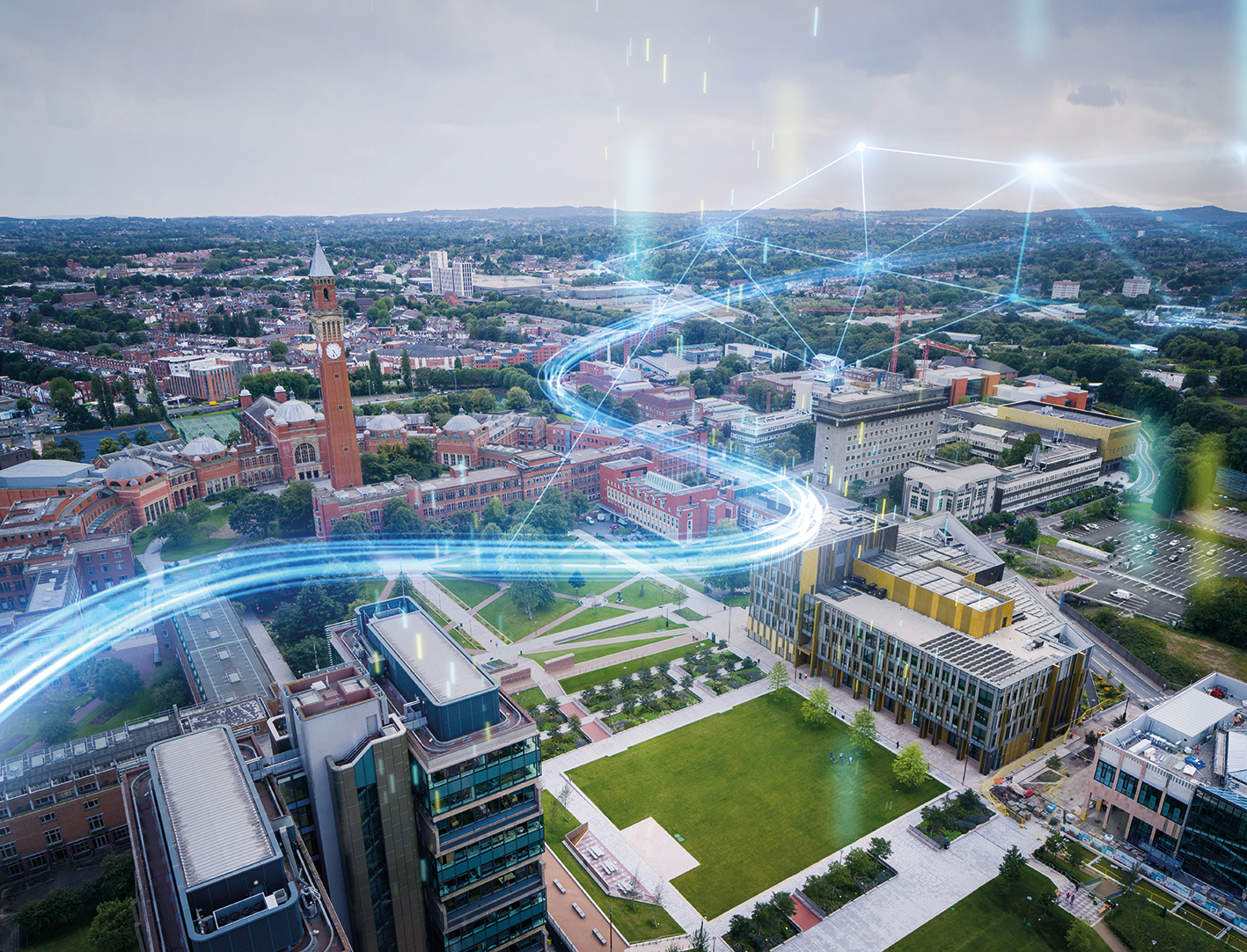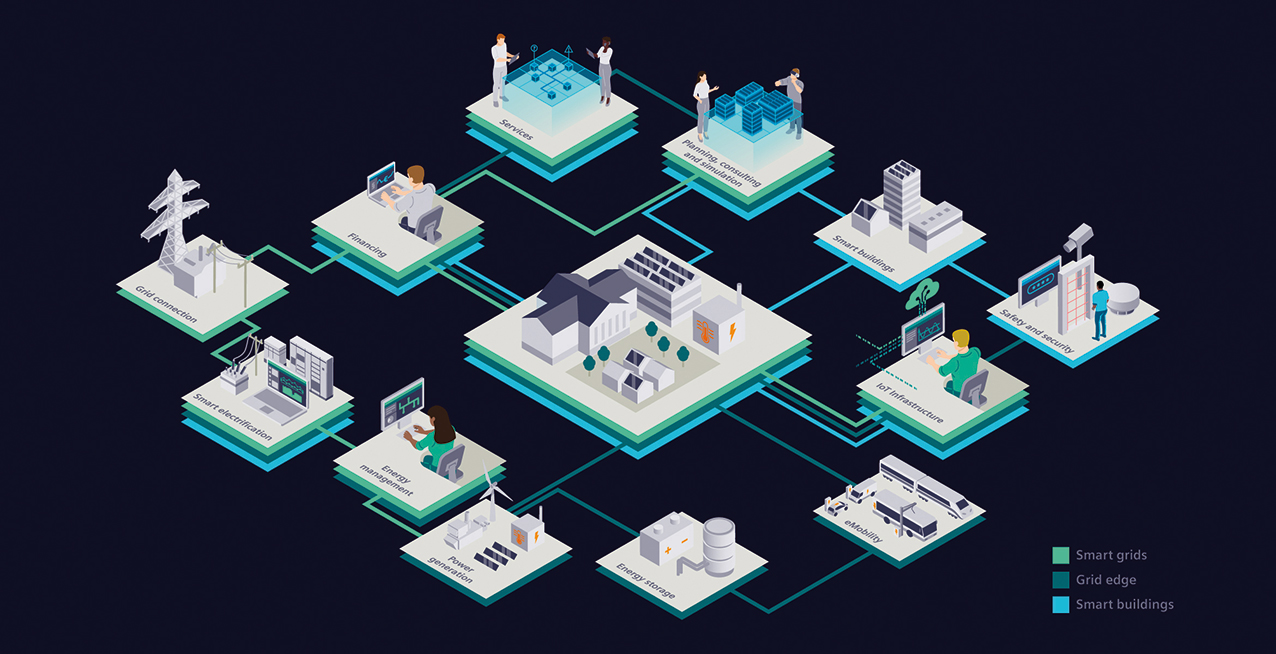
By embracing the latest smart technology, university campuses can evolve into mini smart cities that intelligently manage space occupancy and student/staff safety. Jo Harris, Commercial Finance UK Sales Director, Siemens Financial Services in the UK, discusses the possibilities
HIGHER education brings a diverse student body together in some of the most stunning and state-of-the-art buildings available. And as university campuses already constitute their own micro-societies, as simultaneous sites of work, home and leisure, there is ample opportunity for universities to enable smart city style transformation on campuses at a smaller-scale.
In the simplest terms, smart buildings use advanced technology to achieve a series of benefits.These include: improving building performance in such areas as energy, operations, security, and comfort; lowering the costs of equipment installation, operations, and service; and generating significantly higher user-satisfaction rates.
These benefits are achieved via the intelligent infrastructure that digitalisation enables. Data from these smart-building systems give a facility’s infrastructure a brain and a voice.
For students and other users in practical terms this means intelligent heating which makes an environment more comfortable for their work and intelligent rooms that are adaptable to different requirements. Sensors can also be used to manage air quality and circulation, helping to improve infection control within enclosed spaces and creating an ideal learning conditions for its occupants.
Universities typically manage a varied portfolio of properties that could benefit from smart-buildings technology. For instance, centralised data can be analysed across the organisation’s portfolio to control energy consumption on a central dashboard. Some universities may also benefit from local energy generation or renewable technologies such as solar power or air-source heat pumps.
Alongside increasing operational and energy efficiency, universities are well-placed to produce their own energy. One university in Scotland has made its Lanarkshire campus carbon neutral by adopting a combination of energy efficient measures as well as investing in wind farms and solar panels to fully power facilities.
Internet-of-Things (IoT) technologies have had a significant impact on improving campus security and safety. Combined with WiFi these technologies enable the likes of networked CCTV, digitalised LED lighting systems, and digital identification card readers.
Understanding the benefits of smart campuses is one thing; finding practical, affordable and sustainable ways of achieving smart-building conversion is another - particularly during a time of economic volatility.
Tailored, all-encompassing financing packages tend to be offered by specialist financiers who have an in-depth understanding of energy-efficient technology and its applications. Specialist finance providers understand the importance of implementing new equipment and new technology to generate revenue and cut operational expenses, and can therefore provide customised financing solutions that deliver energy savings and lower expenses, for instance, flexing the financing period to suit cash flow. This contrasts with the standard financing terms usually available from generalist financiers.
For example, the University of Birmingham (UoB) has recently taken steps towards reaching net zero, transforming its Edgbaston and Dubai campuses into the world’s smartest global campuses and reducing emissions by nearly 3,000 CO2 p/a. UoB therefore needed an expert technology partner to significantly improve its campus estate to meet sustainability and carbon emissions targets. Siemens Financial Services (SFS) worked within the university’s financial requirements to create a ‘Building Efficiency as a Service (BEaaS) solution.
Instead of an upfront payment, UoB will pay service fees over a 10-year period covering equipment and services, and as part of the customer solution Siemens incorporated guarantees within the BEaaS solution, built around expected outcomes with regards to energy efficiency. This means that the university benefits from a highly tailored agreement that seamlessly aligns its commercial and environmental goals, and thanks to Siemens, UoB will become the first university in the world to roll out IoT technology at scale. Its ‘Living Lab’ will help UoB to eradicate CO2 emission by 2035.


